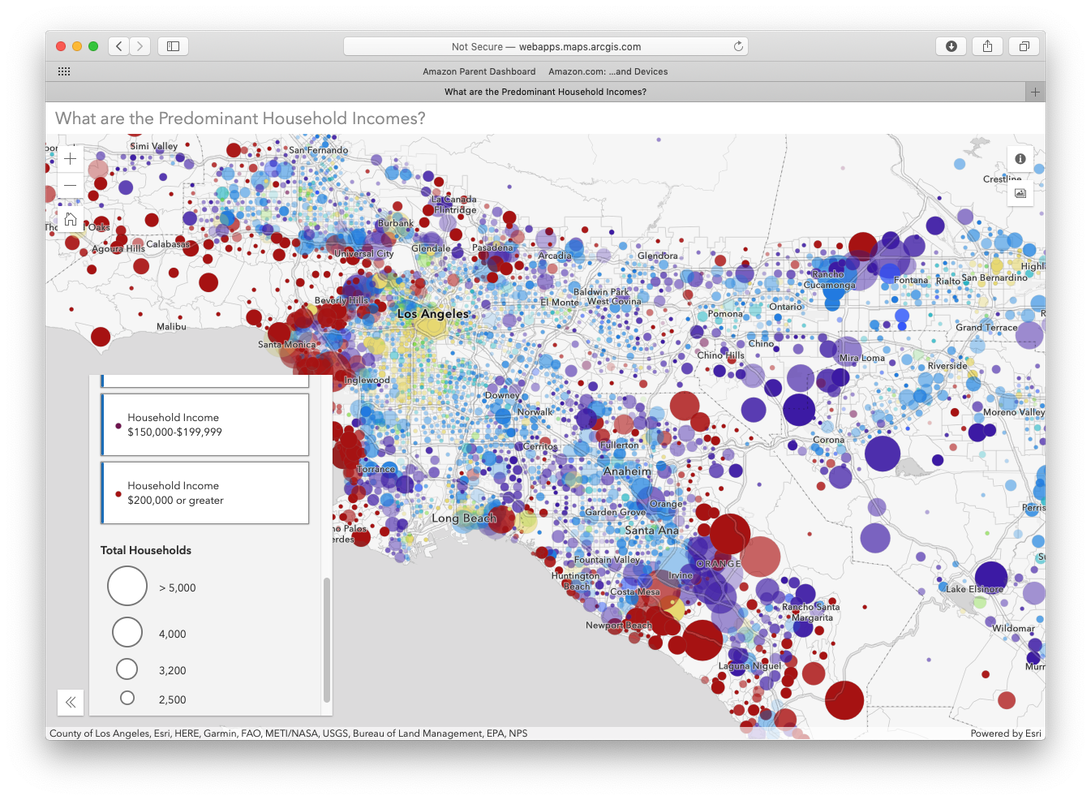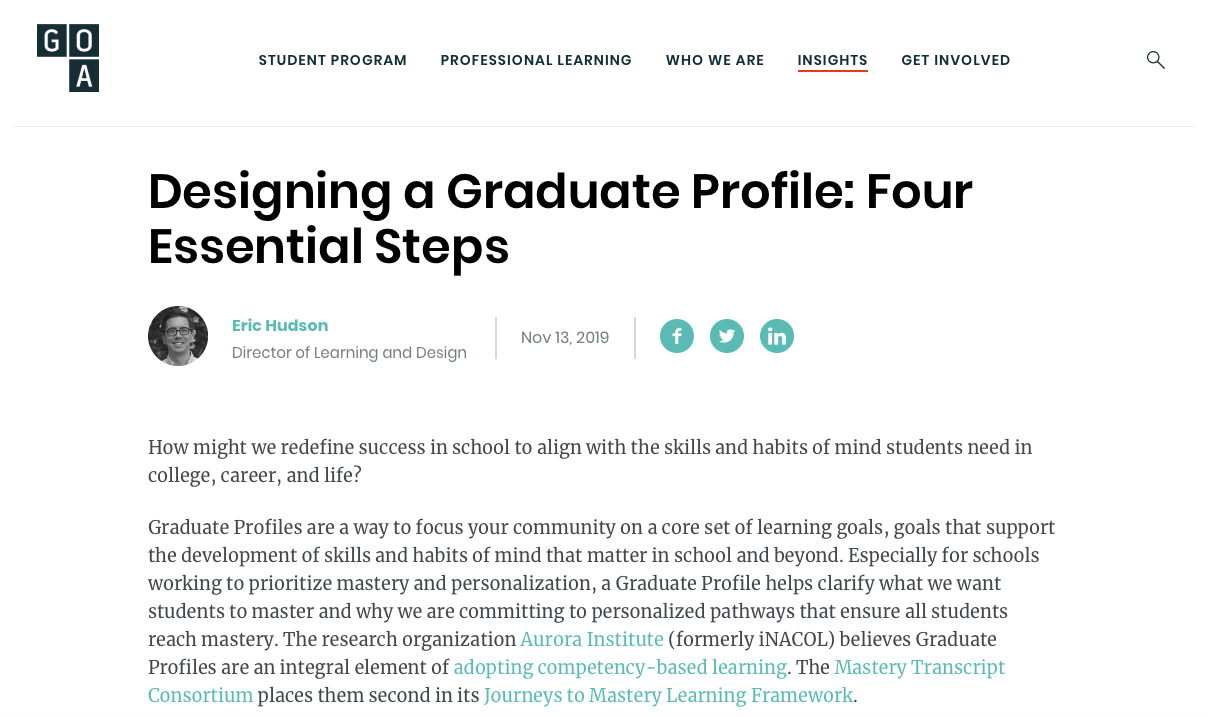|
My niece and nephew got this game during the holidays and it is a really cool iteration of one of my favorite family games.
0 Comments
I came across this article via Steve Valentine via Adam Grant.
When I attended the PoCC conference in Seattle, one of the workshops that stood out described an intensive experience designed for Middle School students. Students were given authentic, developmentally and age appropriate ways to better understand the realities and challenges in regional and national justice and prison settings. My notes from that experience are above.
I was able to hear a presentation by Dr. Joy DeGruy whose research on 'Post Traumatic Slave Syndrome' is both clear and impactful.
While preparing for a webinar, Steve shared some of what he was reading about quiet time, rest, and strategic pauses for learning. One of the bread crumbs leads to the blog of Scott Barry Kaufman and what he is noticing and sharing, in particular the work of Mary Helen Immordino-Yang, Joanna A. Christodoulou and Vanessa Singh. He summarizes: "They coin the term constructive internal reflection and advocate educational practices that promote effective balance between external attention and internal reflection." Dr. Kaufman has a new book coming out in April.
I was somewhat familiar with ESRI and GIS (Geographic System Mapping) but had not had a chance to explore its use in any meaningful context until last week. During a strategic planning meeting, we looked at current and potential future demographic trends in my school's region, and it was very powerful to understand the data in this visual way.
I am always interested in work and models that may give compelling reason to rethink how evaluation/grading/assessment is perceived and implemented in schools, k-12 especially. This article from Global Online Academy brings together lots of helpful ideas and examples.
I attended a terrific workshop on emerging approaches to connecting executive functions to educational goals with young children. My notes are above.
While looking into studies on the intersection of experiences, exposure, and beliefs I stumbled upon this interesting article that looks at the neurology of beliefs. Here is a wordy quote that, when broken down, gives an interesting perspective on this intersection:
"Perceived information is what motivates the generating of actions (Figure 1). Note that believing is inherent in this transforma- tion such that knowledge acquired in the past and represented in probabilistic representations is linked to the future by proba- bilistic predictions. Generating actions involves intentions to act, action selection, inhibition of unwanted acts, and predicting reward and costs of acts (Nachev et al., 2008; Passingham et al., 2010). In general terms, this refers to deciding what to do next. The neuroscientific basis for decision making has been shown to be related to reward valuation (Grabenhorst & Rolls, 2011) and unconscious or intuitive selection that evolves within far less than 400 ms (Chen et al., 2010; Kahnt et al., 2010; Schultze-Kraft et al., 2016). The processes that regulate the performance of actions are replete with probabilistic reward and cost predictions determined by the personal meanings attributed to the mental representations of the signals from the outside world (Friston et al., 2014). The action-perception-valuation triad has been postulated to account, in context of a hierarchical dimension, for computations of physical, social, and cultural matters (Sugiura et al., 2015)." Global Online Academy has been producing a series of "Rethinking" pop-up educator courses on topics such as assessment, content, roles, and more.
|










 RSS Feed
RSS Feed
